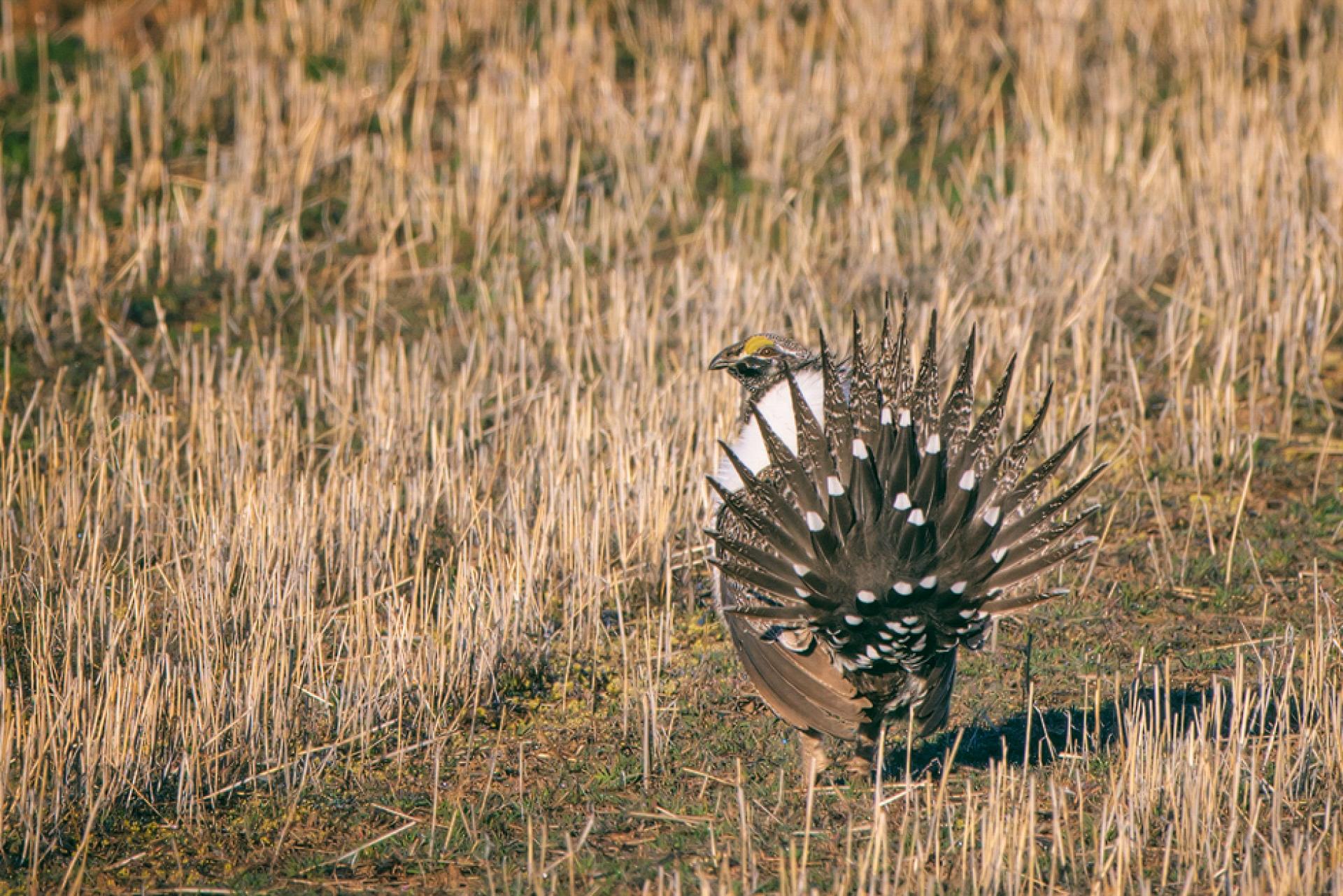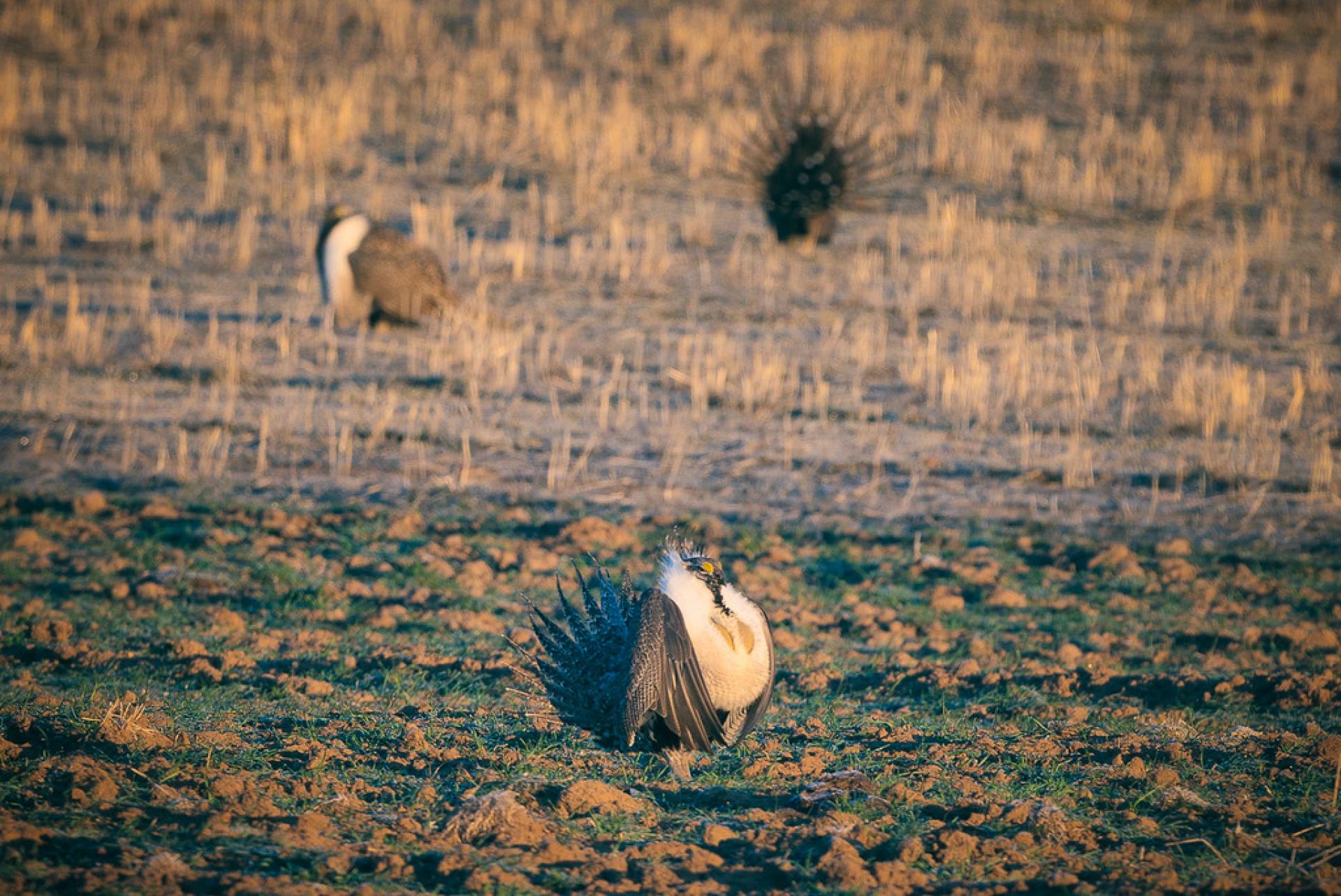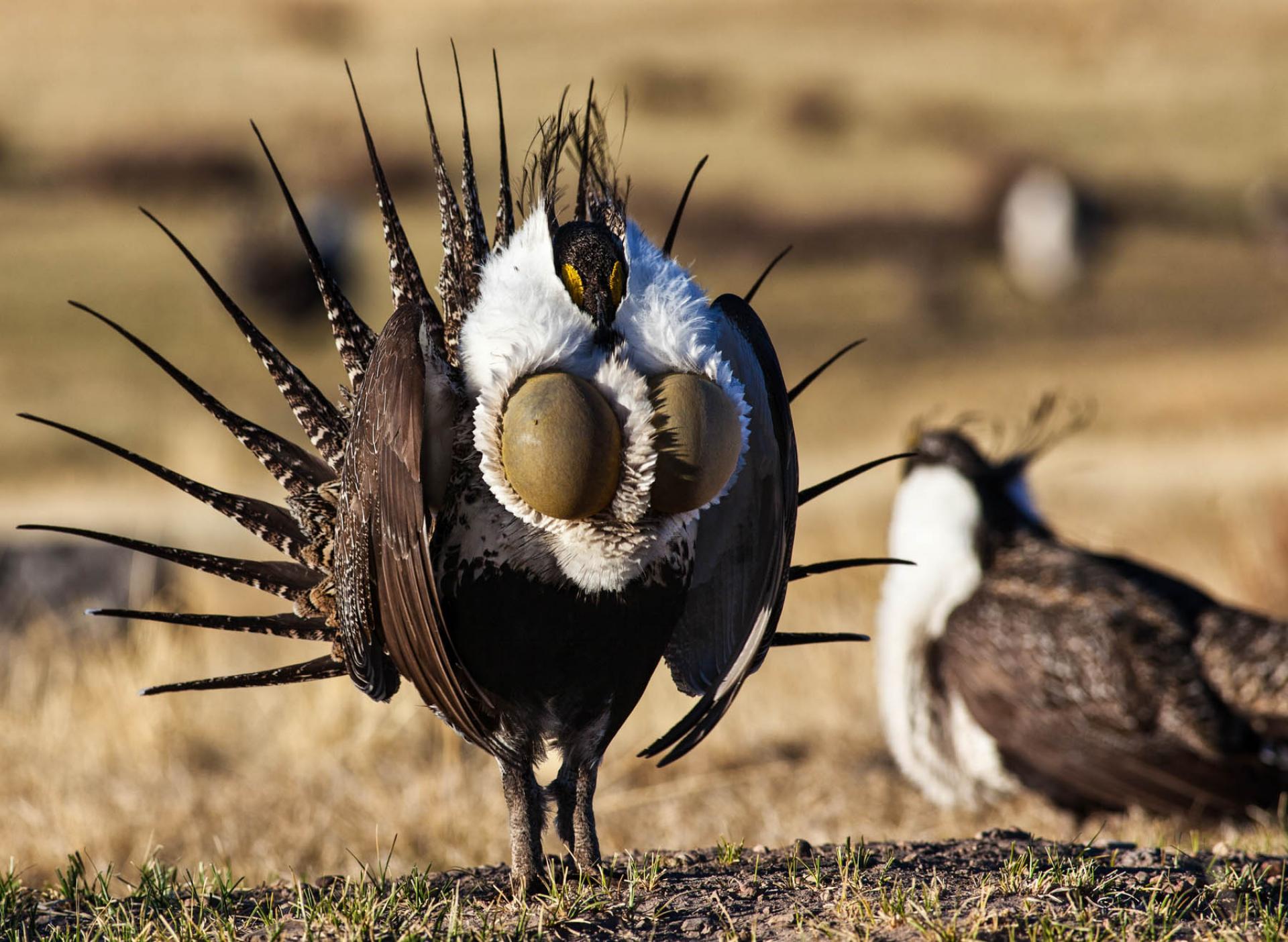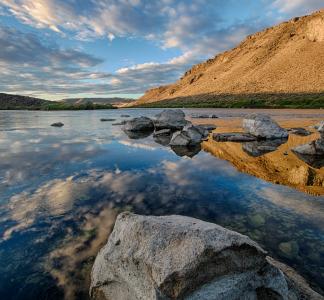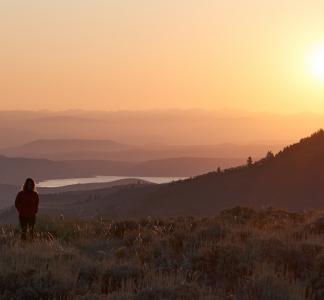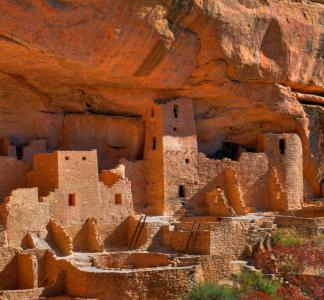Bob Wick, BLM
Threatened by oil and gas leasing
The sage-grouse is an iconic bird of the West. These unique birds require large swaths of sagebrush steppe to survive. Protection of their habitat is not only crucial for their survival, but also for other species. In fact, more than 350 species, such as golden eagles, elk, pronghorn and mule deer, depend on the same lands as the sage-grouse.
The U.S. Interior Department is now reviewing the 2015 sage-grouse conservation plans that protect and manage the greater sage-grouse habitat. This 2015 plan represents decades of collaboration by government, agriculture, industry and conservation stakeholders. But the Trump administration favors revisions to this plan that would weaken the protections in place now, undo years of local collaboration, and favor excessive fossil fuel development in areas important to the grouse.
The greater sage-grouse steppe in Wyoming is not only key for the survival of sage-grouse. It provides important habitat to more 350 other species. This is a critical area of wildland that we won’t be able to replace.
The threat
The greater sage-grouse habitat is under threat of oil and gas leasing by the U.S. Interior Department. Secretary Zinke wants to open areas that had previously been decreed protected to oil and gas companies, which would use the land and destroy the grouse’s habitat and the habitat of hundreds of other species.
The Wilderness Society wants to preserve the greater sage-grouse habitat for the bird’s well-being, and to protect the other wildlife threatened by this move.
What we're doing
-
Challenging in court
We’re challenging the Interior Department and U.S. Forest Service’s attempts to amend sage grouse plans and open the greater sage-grouse habitat to oil and gas leasing.
-
Protesting lease sales
We’re challenging proposed lease sales that occur in sage grouse habitat.
-
Advancing legislation
Where appropriate, we advance national legislation to protect areas important to the sage grouse bird.
